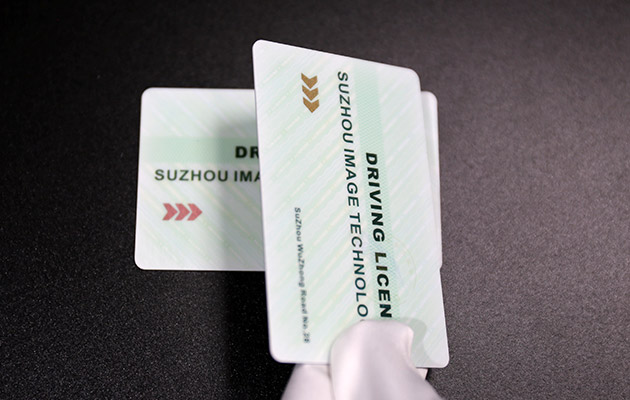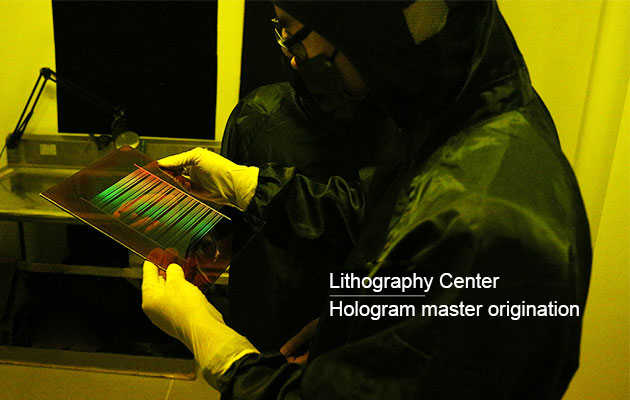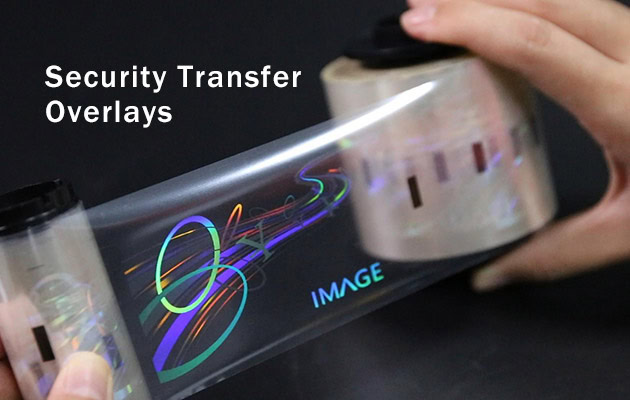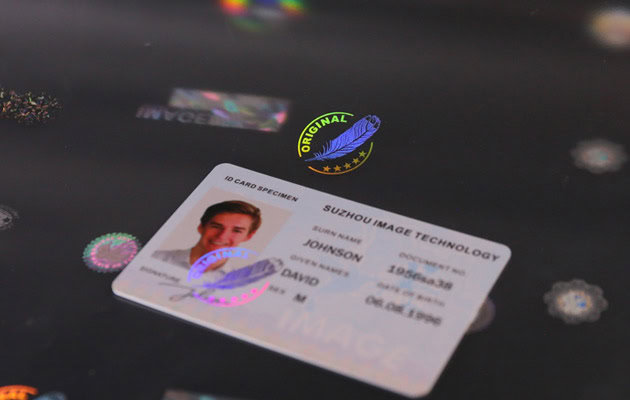When we think of smart cards, we often picture transit or bank cards. In fact, smart cards exist in many forms and play critical roles across transportation, finance, government, healthcare, and corporate systems worldwide.
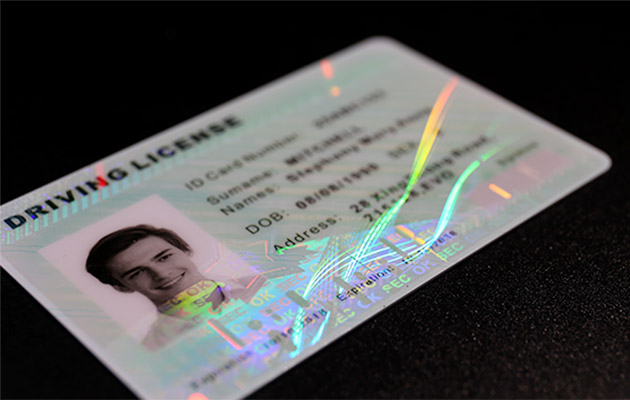
At Image Technology (IMAGE TECH), we specialize in producing high-performance smart cards made from different materials. By combining personalized data printing, embedded chips, and holographic ID overlays, we enhance durability, convenience, and security.
Our cards are widely used in driver’s licenses, student IDs, employee badges, and medical cards, meeting the growing demand for intelligent and secure identification solutions.
1. Classification of Smart Cards
Smart cards are generally classified by operating frequency, chip type, and usage method. Each category defines how a card performs and communicates with other systems.
(1) Operating Frequency
Operating frequency determines reading distance and data transfer speed. Based on this factor, smart cards fall into three main categories:
- Low Frequency (LF): 100–150 kHz (typically 125 or 134.2 kHz). These cards offer short-range operation and strong anti-interference, making them ideal for access control and animal identification.
- High Frequency (HF): 10–15 MHz (commonly 13.56 MHz). This is the most common type, balancing speed and stability for transportation and payment cards.
- Ultra-High Frequency (UHF): 860–960 MHz (typically 920–925 MHz). Designed for long-range and multi-tag reading, these cards are widely used in logistics, retail, and manufacturing.
(2) Chip Type
The chip acts as the “brain” of a smart card, controlling its storage and security functions.
- Memory Card: Used for simple data storage with minimal protection.
- Logic Encryption Card: Offers basic data encryption for better security.
- CPU Card: Works as a small computer capable of data encryption and secure processing. This type is common in financial cards and identity documents.
(3) Usage Method
How users interact with the card defines its usage type:
- Contact Cards: Must be inserted into a reader. They are stable and secure, suitable for banking and government cards.
- Contactless Cards: Use radio frequency for quick, convenient transactions, such as public transport or access systems.
- Dual-Interface Cards: Combine both functions, offering flexibility and user convenience.
2. Smart Cards in Everyday Life
Different smart cards serve specific purposes depending on their technology and use environment. Below are common examples:
(1) Low-Frequency Cards
Used in short-range recognition and rugged environments, such as:
- Building access control
- Animal or livestock tracking
- Industrial equipment identification
(2) High-Frequency Cards
These are the mainstream choices worldwide because they are fast and reliable.
Common uses include:
- Contactless payments (bank cards, NFC-enabled devices)
- Identity verification (e-passports, employee or student IDs)
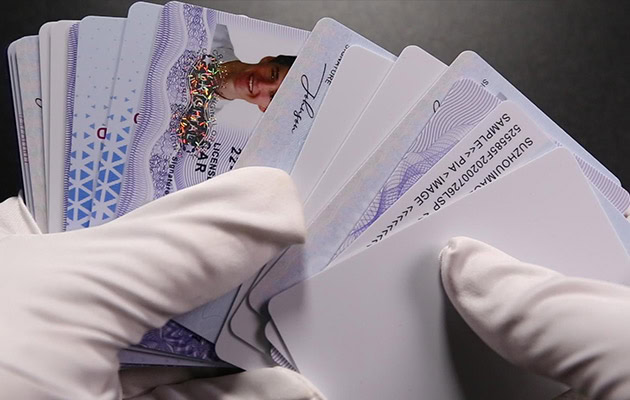
- Library or archive management
(3) Ultra-High-Frequency (UHF) Tags
UHF cards are often used in automated tracking systems, including:
- Logistics and warehousing (scanning within 10–15 meters)
- Smart retail inventory management
- Automotive production and component tracking
- Vehicle registration and traceability, integrating UHF RFID chips embedded in windshield tags for secure identification and tracking.
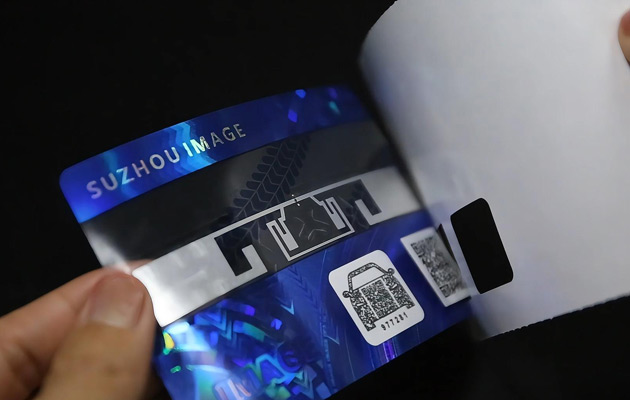
(4) Contact Cards
Favored for high-security operations, such as:
- Banking and financial transactions
- Social security, healthcare, and ID cards
- Government or enterprise authentication systems
(5) Contactless and Dual-Interface Cards
Preferred where speed and convenience are key:
- Public transport and toll systems
- Smart campus and corporate access
- Multi-function cards combining payment, ID, and access control
3. Integrated Optical & Chip Solutions from IMAGE TECH
At Image Technology, we go beyond traditional smart cards by combining optical lamination with smart chip systems.
Each card can include personalized data such as names, photos, serial numbers, or QR codes, and is protected by a security overlay that prevents tampering, counterfeiting, and scratches.
Moreover, this integration offers dual-layer protection:
- Visible authentication through optical features
- Digital verification via embedded chips
As a result, users enjoy both security and convenience in one unified solution. Our advanced materials and lamination technologies ensure long-term stability, clarity, and performance under real-world conditions.
4. The Future of Smart Card Security
From daily payments to identity verification, smart cards are now a vital part of modern life.
As global demand increases for smarter and more secure systems, Image Technology will continue innovating in optical lamination and chip integration.
Our goal is to create reliable solutions that connect technology, security, and trust — empowering the next generation of smart identification.

